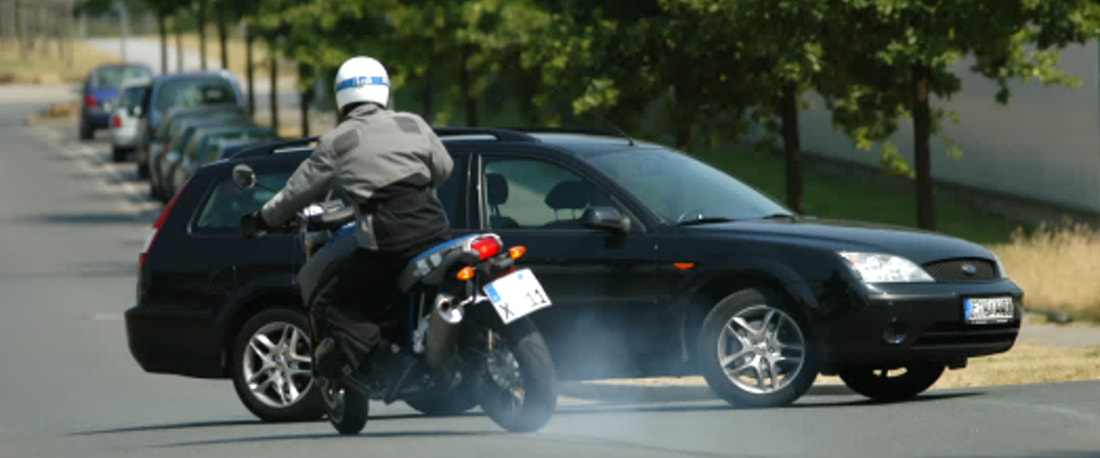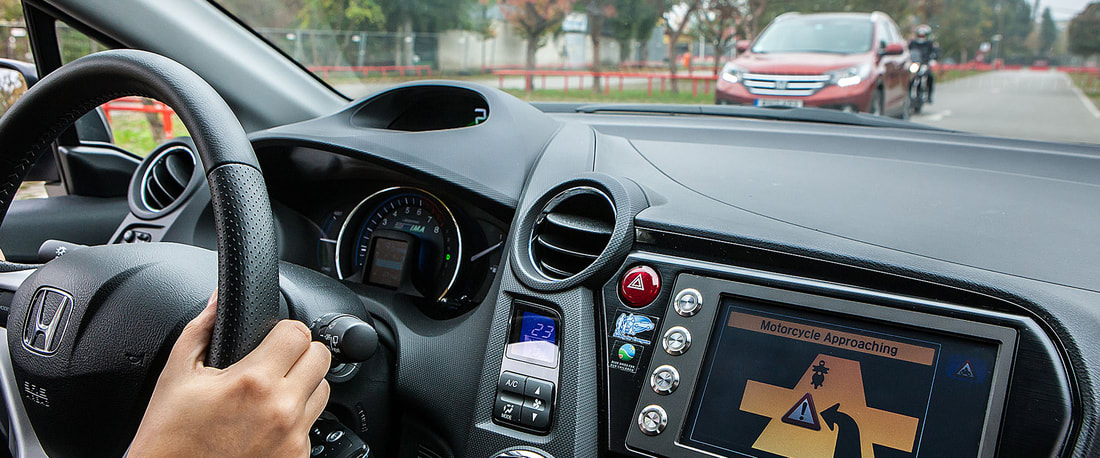|
Powered Two Wheelers (PTWs) are often not seen by other road users, or their speed and distance are misjudged. "Sorry mate, I did not see you" is a typical reaction in case of accidents. Advanced Driver Assistance Systems (ADAS) support passenger car drivers to avoid hazardous situations in many traffic scenarios and have a high potential to decrease the number of collision accidents with motorcycles. These systems have strongly evolved in recent years, and as drivers become more comfortable with ADAS, they tend to rely more and more on this technology and become less attentive to the driving task. But do these systems warn properly in case of PTWs nearby? Driven by this thesis and concerned by the potential perception failure of PTWs, the Connected Motorcycle Consortium conducted an in-depth study on PTW Conspicuity. Importance of PTW conspicuity
Motorcyclists are considered as Vulnerable Road Users (VRU) by the EU. They require extra attention by other road users, to be seen and recognised. In case of passenger car ADAS, reliable detection of PTWs is essential to avoid car-PTW collision accidents and to reduce the number of motorcyclist fatalities. In recent years there has been a continuous decrease in fatal car accidents in Europe. This has various reasons: not only changing regulations concerning speed limitations, obligations for safety equipment and improving vehicle technologies, but also the support of ADAS could avoid severe accidents. However, since motorcyclists are fast-moving targets and provide a small reflective surface for radar sensors, it can be more difficult for passenger car ADAS to detect them. The Connected Motorcycle Consortium decided to investigate the role and efficiency of ADAS in detecting motorcycles and avoiding accidents. Whitepaper In the whitepaper "PTW Conspicuity", an investigation into the status-quo of the detection of PTWs by passenger car ADAS is presented. In addition, various methods to improve the conspicuity of PTWs are evaluated. The focus is on the analysis of current research, regulations, academic papers, technical reports, and other studies that have already dealt with the conspicuity of PTWs. The outcomes show that the detection of PTWs is quite a challenge for these systems indeed. The whitepaper can be accessed here. |
Archives
May 2024
|
COPYRIGHT 2024 Connected Motorcycle ConsortiumContact Us |
|



 RSS Feed
RSS Feed